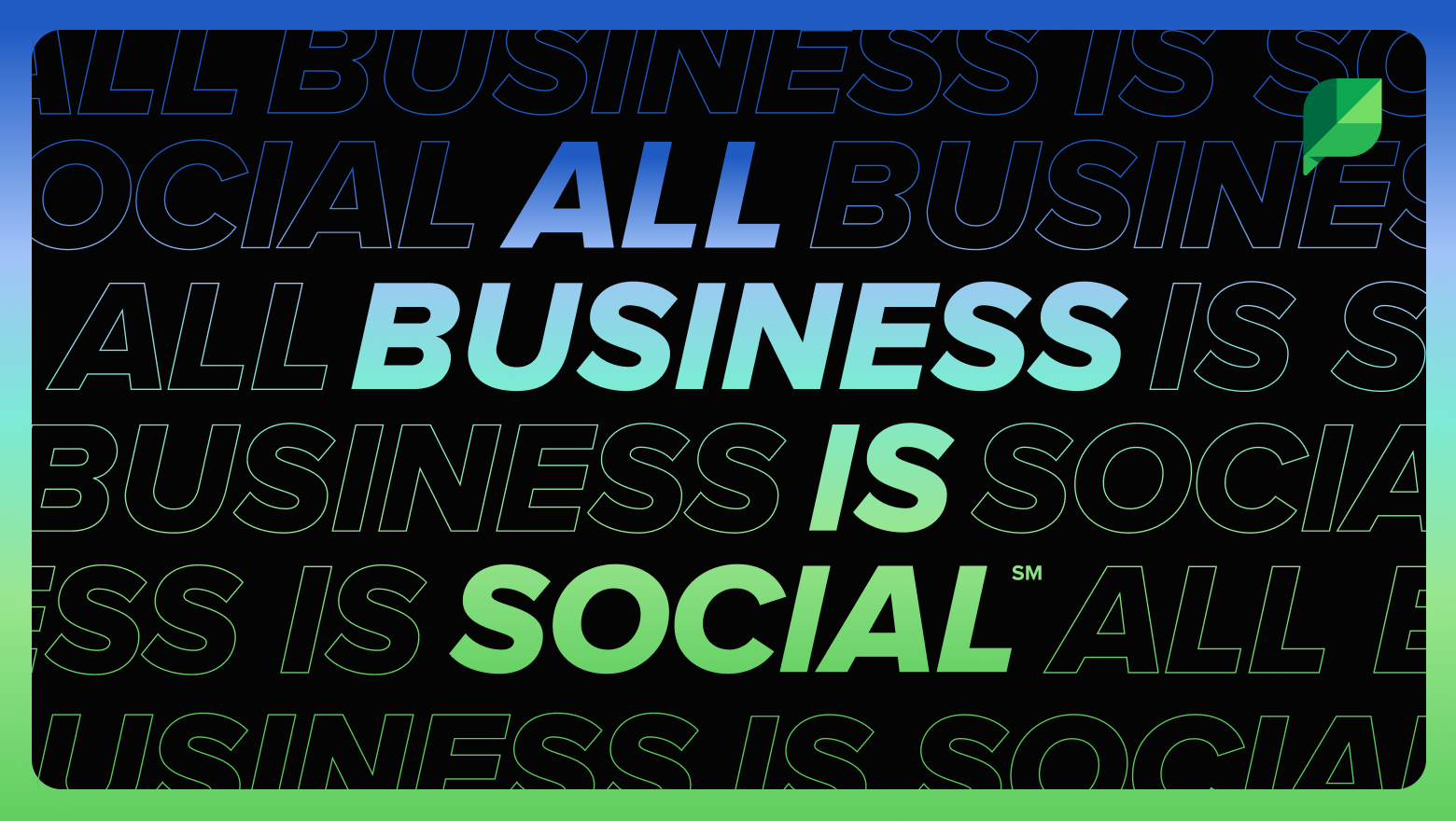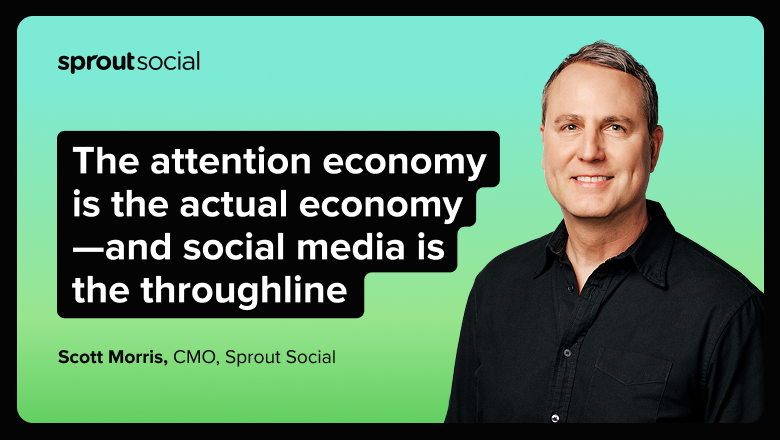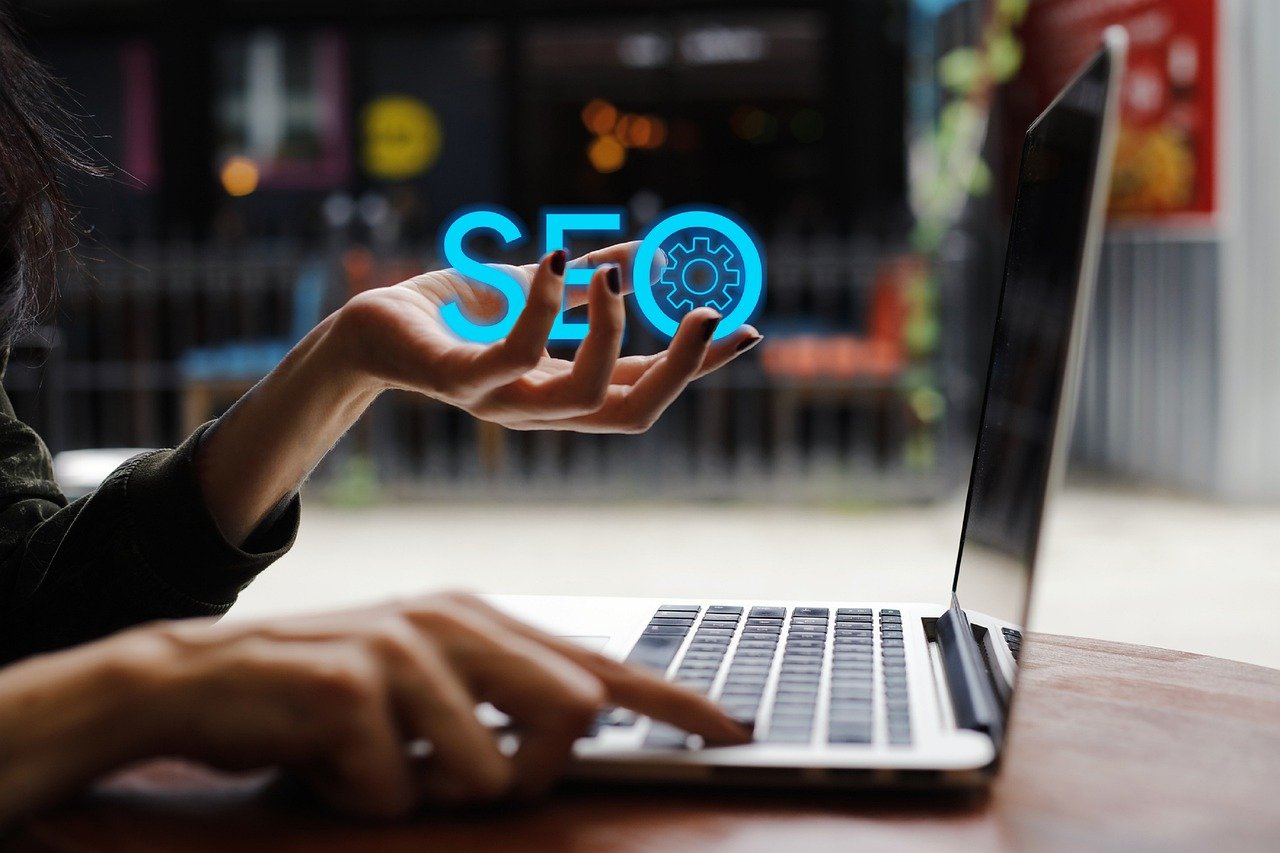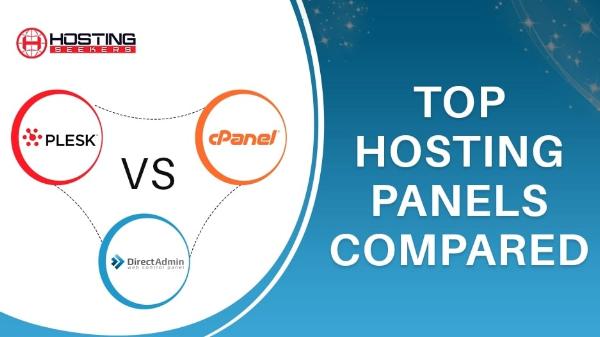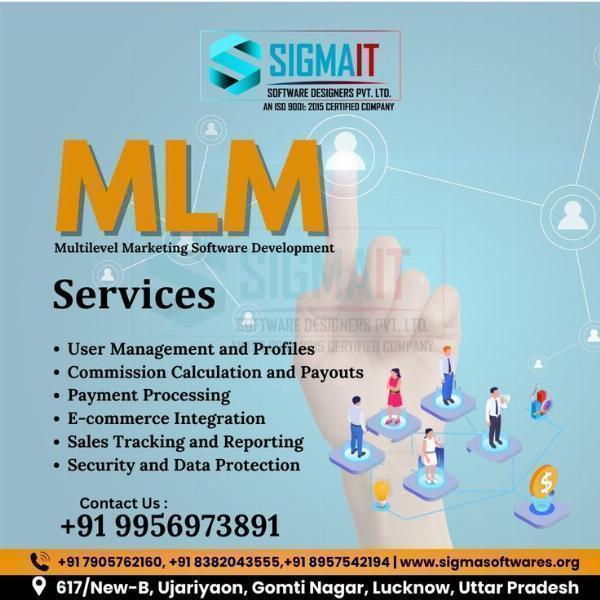The attention economy is the actual economy—and social media is the throughline
Capturing and converting consumer attention has never been more difficult. Economic uncertainty, the rise of zero-click search and an endless stream of content have intensified the pressure on CMOs to deliver results with fewer certainties.
The traditional marketing playbook isn’t breaking through like it once did. Amid the noise, social media is becoming a central force in how people discover, evaluate and buy—especially younger consumers with newfound purchasing power.
According to Sprout’s Q2 2025 Pulse Survey, Gen Z now turns to social platforms more than search engines when looking for information. Plus, 76% of all users say social media has influenced a purchase in the last six months.
Whether it’s paid, organic or creator-led, social investments are paying dividends. Not just in reach, but in revenue. This is the attention economy in action, and it’s why social has become critical for growth. Let’s explore what that means for brands.
What is the attention economy?
The attention economy was first coined in the 1960s, but has become short-hand for companies competing for consumer mindshare, typically online. It’s driven by companies that offer free products, services, experiences and value in exchange for user data and time. Think streaming services, media outlets, online gaming sites and, of course, social media. They often don’t charge admission, but they do monetize attention—primarily through advertising.
Social media stands out as the most powerful and accessible engine of the attention economy. Already, 5.24 billion people use social globally, and nearly a third say they plan to spend even more time on it this year, according to The Sprout Social Index™.
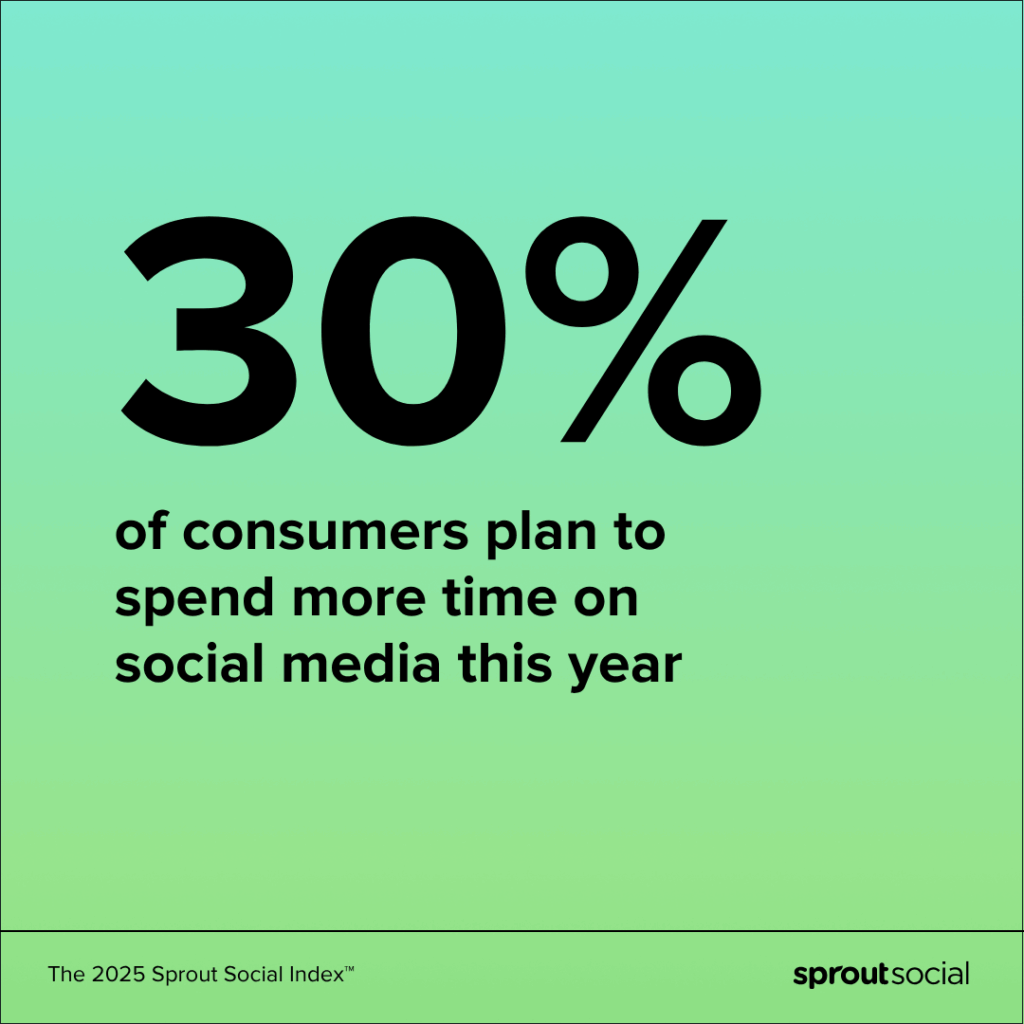
As social media becomes more crowded, millions of creators and brands are all competing for user attention. Brands feel pressure to show up everywhere to increase their share of voice, which is something consumers are starting to expect. When we asked 2,000 consumers which networks brands should stay away from, their answer was somewhat surprising: none. While established networks like Instagram and Facebook remain dominant, newer platforms continue to gain traction, opening up opportunities to meet your audience in the many places where they already devote attention.
Social’s role in the attention economy has always had a clear tie to generating awareness, but now people turn to social to make buying decisions that used to happen in-store, while browsing online or even on sales calls. Social media isn’t just part of the attention economy. The growing appetite for social commerce makes it part of the actual economy.
How the attention economy flattened the marketing funnel
What was once a marketing funnel with distinct stages has transitioned into a dynamic, non-linear path driven by social discovery, engagement and decision-making.
Social search engine optimization (SOSEO) is at the heart of this shift. Consumers—especially Gen Z—aren’t learning about brands through traditional ads or blog posts. They’re finding you on their FYP, through creators they trust, in authentic reviews or via SEO-optimized content tailored for social platforms. Instead of bouncing between channels, they’re staying on social to explore, evaluate and buy.
In many cases, the entire customer journey—from awareness to conversion—happens in a single app. Nearly one in three consumers now use social to both discover and buy products. Another third of all consumers anticipate making more purchases from social networks in 2025, a number that rises to nearly half among Gen Z, per the Index.
Social isn’t just a top-of-funnel tool anymore. Brands that understand how to create content and experiences that meet intent on social have a competitive edge.
Why investing in social now is the best deposit in your brand’s future
Sprout’s Q2 2025 Pulse Survey found that Gen Z and Millennial consumers are increasingly making purchases based on what they discover on social. At the same time, CMOs are facing flat budgets and diminishing returns from traditional paid media, according to Gartner.
That contrast reveals why doubling down on social is one of the most strategic investments marketing leaders can make right now. Whether you’re just gaining momentum or already running a mature social program, there are three areas where increased investment will deliver outsized impact.
